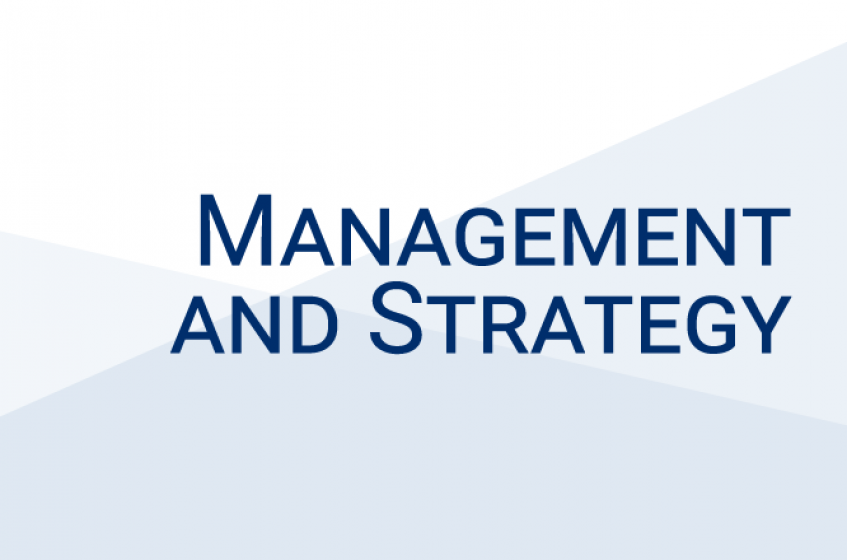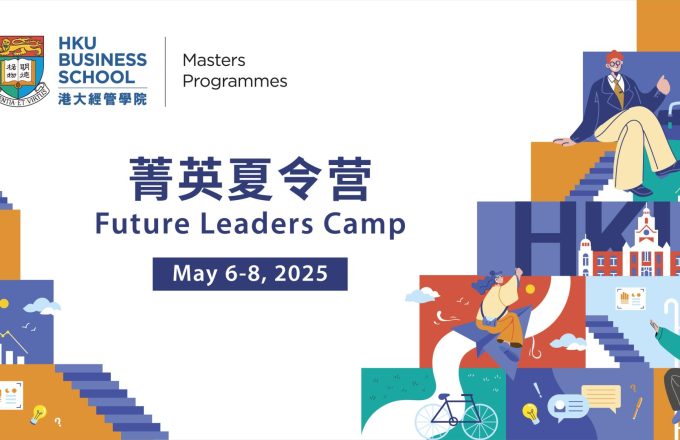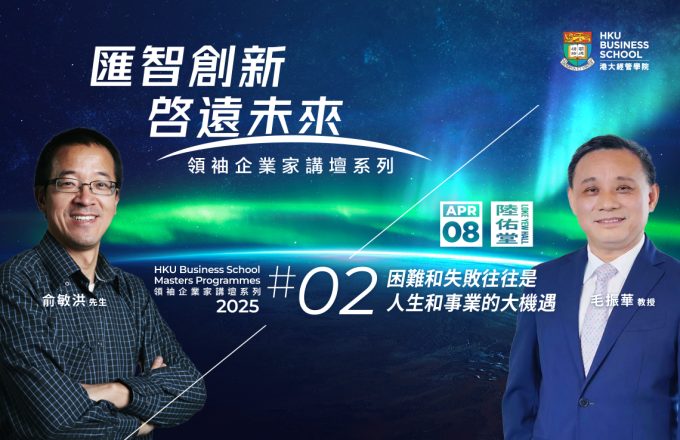
“The Implications of Voice Behavior on Leaders and Voicing Employees” by Mr. Jingxian YAO
PhD Candidate
Department of Management and Organisation
National University of Singapore
ABSTRACT
While the benefits of employee voice for organizations have been widely documented, we know little about how voice may impact leaders and employees themselves. In this talk, I present two papers that examine the impact of voice on leaders and voicing employees, respectively, and demonstrate why such impact may be more complex than it seems.
Conventional wisdom suggests that leaders should embrace voice given the benefits it brings; however, leaders may actually resist voice since it signals dissatisfaction with the status quo and throws doubts on effective leadership. In the first paper, I draw upon self-enhancement theory and research on work roles to propose that leaders may respond adversely to voice. Specifically, I posit that employee prohibitive voice (but not promotive voice) harms leader self-enhancement and triggers leader perceived threat. Such threat perceptions, in turn, drive leader incivility instigation. Furthermore, I examine how employee emotional intelligence weakens the relationship between voice and leader perceived threat. A multi-wave, multi-source field study and a scenario-based experimental study provided strong support for the hypotheses.
In the second paper, I integrate the dual nature of voice (i.e., upward influence and contradiction against the status quo) and conservation of resources theory to conceptualize voice as a mixed blessing for voicing employees. On one hand, engaging in voice behavior may heighten perceived influence at work, which is resource-generating and thus beneficial for employee work outcomes and well-being. On the other hand, voice may induce anxiety about upsetting the leader, which is resource-depleting and thus detrimental. Besides, I examine how employee regulatory focus and leader-member exchange play a role in the impact of voice. A study using experience sampling methodology across 10 consecutive workdays was conducted to test the hypotheses.







